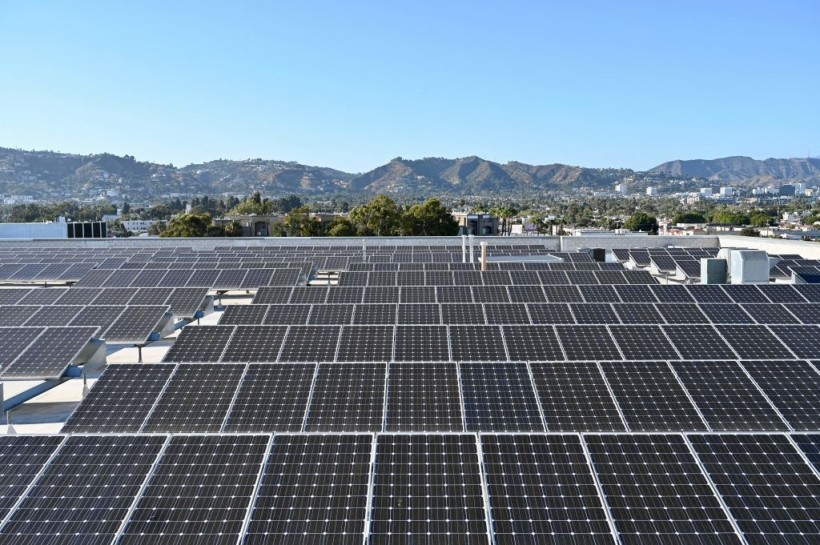
The use of the sun's energy as a reliable source of electricity has been adopted by a number of countries.
According to the International Energy Agency, these five countries are the leaders in solar energy production: China, Japan, Vietnam, the E.U., and the U.S.
And now, with solar power generation growing exponentially around the world, two of the aforementioned countries intend to significantly increase their solar energy production even further.
China, Japan, Indonesia, India, and the Philippines are forecasted to have solar capacity growth of an average of 22% annually, according to independent energy think tank Ember (via Electrek).
Let's delve more deeply into each Asian country's goal of boosting its generation of solar energy by the year 2030.
China (Additional 1,200 Gigawatts by 2030)
To be more precise, China's goal is to install 1,200 gigawatts of both wind and solar by 2030. However, solar and wind power aren't China's only sources of renewable energy.
In fact, this country is home to the top 1 and 3 hydroelectric dams in terms of the amount of energy produced globally. The Xiluodu Dam can produce up to 13,860 megawatts, while the Three Gorges Dam can generate up to 22,500 megawatts.
India (Additional 300 Gigawatts by 2030)
The next on the list is India, which is planning to increase its current capacity by sixfold by adding 300 gigawatts of solar by 2030.
India has been increasing its solar capacity in recent years. Investing in grid stabilization and thorough regulatory change to accommodate the growth of rooftop solar is one of India's major challenges for regulating its solar growth.
Read More: 'World's Biggest Offshore Wind Farm' Hornsea 2 Now Operating to Power Millions of UK Homes
Japan (Additional 100 Gigawatts by 2030)
RTS Corporation, a Japanese PV industry consultancy firm, estimates that Japan will have between 154 and 180 gigawatts of installed solar by 2030. Ember, however, forecasted Japan's additional capacity to be around 100 gigawatts.
As the Land of the Rising Sun raised its overall goal for the generation of renewable energy from 22-24% to 36-38% by 2030, we might expect more announcements about sustainable projects in the country.
Philippines (Additional 18 Gigawatts by 2030)
The fourth Asian country that is expected to see exponential growth of solar is the Philippines. This Southeast Asian nation passed legislation in 2019 to boost its solar capacity by 18 gigawatts by 2030.
This additional capacity will represent a 12-fold increase over the 1,370 megawatts level that the nation is currently at.
Indonesia (Additional 4.68 Gigawatts by 2030)
Less than 0.2% of Indonesia's electricity is produced from solar energy, which is the lowest rate among G20 nations.
Indonesia plans to boost its solar power capacity by 4.68 gigawatts by the year 2030, which is noticeably less than the solar capacity additions of other Asian countries on the list.
While 4.68 gigawatts is not a small amount of energy, especially when compared to its current 180 megawatts capacity, Ember pointed out that given that it is the fourth-most populous country in the world and has the tenth-largest economy in terms of purchasing power parity, that is well below what the nation is capable of.
Related Article: Top 5 Hydroelectric Dams That Produce the Highest Amount of Electricity Around the World














